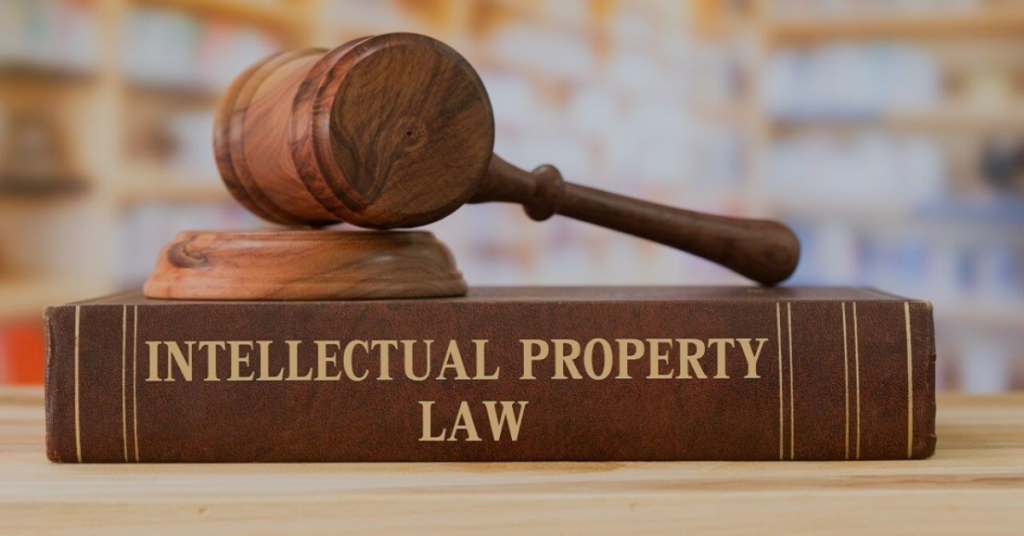Judgment and Decree Under the Civil Procedure Code, 1908 (CPC): A Comprehensive Guide
In the Indian legal system, the Civil Procedure Code, 1908 (CPC), serves as the bedrock for procedural aspects of civil litigation. Among its vital provisions are those concerning "Judgment" and "Decree," which represent crucial stages in the adjudication of disputes. This article provides a comprehensive overview of these concepts under the CPC, elucidating their definitions, characteristics, distinctions, and related legal nuances relevant to Indian law.
Understanding Key Definitions
Before delving into the specifics, it is essential to define "Judgment" and "Decree" as outlined in Section 2 of the CPC:
-
Judgment [Section 2(9) CPC]: A judgment is the statement given by the Judge on the grounds of a decree or order. It essentially outlines the reasons for the decision rendered by the court.
-
Decree [Section 2(2) CPC]: A decree is the formal expression of an adjudication which, so far as regards the Court expressing it, conclusively determines the rights of the parties with regard to all or any of the matters in controversy in the suit and may be either preliminary or final. It includes the rejection of a plaint and the determination of any question within section 144, but shall not include—
- (a) any adjudication from which an appeal lies as an appeal from an order, or
- (b) any order of dismissal for default.
Essential Elements of a Valid Decree
To qualify as a valid decree under the CPC, the following essential elements must be present:
-
Adjudication: The decision must be a judicial determination of the matter in dispute. An administrative or executive order does not constitute a decree.
-
Rights of the Parties: The adjudication must determine the rights of the parties with regard to the matters in controversy. The term "rights" encompasses substantive rights, not merely procedural aspects.
-
Conclusive Determination: The determination must be conclusive, meaning that the court has applied its mind and reached a definitive decision on the matter.
-
Matter in Controversy: The decree must relate to the matters directly and substantially in issue in the suit.
-
Formal Expression: The adjudication must be formally expressed in the manner prescribed by law. This typically involves drawing up a decree based on the judgment.
Types of Decrees
The CPC recognizes two primary types of decrees:
-
Preliminary Decree: A preliminary decree is passed when the court needs to adjudicate on certain rights or issues before a final determination can be made. It sets the stage for further proceedings. A classic example is a preliminary decree in a suit for partition, where the court first determines the shares of each party before proceeding to divide the property. Order 20 Rule 18 CPC talks about decree in suit for partition of property or separate possession.
-
Final Decree: A final decree completely disposes of the suit, leaving nothing further to be decided by the court. It embodies the ultimate outcome of the litigation. A final decree can be passed in two ways:
- When the preliminary decree completely disposes of the suit.
- When the preliminary decree is followed by further proceedings and a final decree is eventually passed.
It's important to note the concept of a "partly preliminary and partly final decree." This occurs when some aspects of the suit are finally decided, while others require further adjudication. For example, in a suit for accounts, a decree might be preliminary as to the taking of accounts but final as to the defendant's liability to account.
The Judgment: Foundation of the Decree
The judgment is the foundation upon which the decree is built. It provides the reasons and rationale behind the court's decision. Order 20 of the CPC outlines the contents of a judgment.
Key requirements of a valid judgment include:
-
Concise Statement of the Case: A brief overview of the facts and issues involved in the suit.
-
Points for Determination: Clearly stating the specific issues the court is required to decide.
-
Decision Thereon: The court's decision on each issue, accompanied by the reasons for the decision.
-
Relief Granted: Specifying the relief granted to the successful party.
-
Date of Pronouncement: The date on which the judgment was pronounced in open court.
The judgment must be a reasoned decision, not merely a statement of the conclusions reached by the court. It must demonstrate that the court has considered the evidence and arguments presented by both sides. Section 33 of CPC mentions about Judgement and Decree and states that the Court, after the case has been heard, shall pronounce judgment, and on such judgment a decree shall follow.
Distinction between Judgment and Decree
While closely related, the judgment and decree are distinct legal concepts. The following table highlights the key differences:
| Feature | Judgment | Decree |
|---|---|---|
| Definition | Statement given by the Judge on the grounds of a decree or order. | Formal expression of an adjudication conclusively determining the rights of the parties. |
| Content | Contains the reasons and rationale for the decision. | Contains the operative part of the decision, specifying the relief granted or denied. |
| Relationship | Forms the basis for the decree. | Follows from the judgment. |
| Appealability | Not directly appealable. An appeal lies against the decree based on the judgment. | Appealable under Section 96 of the CPC, subject to certain limitations. |
Drawing Up the Decree
After the judgment is pronounced, a decree must be drawn up based on the judgment. This is typically the responsibility of the court staff, although the parties may be required to assist in preparing the decree. The decree must accurately reflect the judgment and should contain all the essential elements of a valid decree.
Order 20 Rule 6 CPC, lays down that the decree shall agree with the judgment. The decree shall contain, inter alia, the number of the suit, the names and descriptions of the parties, and particulars of the claim. It shall specify clearly the relief granted or other determination of the suit. The decree shall also state the amount of costs incurred in the suit, and by whom or out of what property and in what proportions such costs are to be paid.
Amendment of Judgments, Decrees, or Orders
Section 152 of the CPC empowers the court to amend judgments, decrees, or orders to correct clerical or arithmetical mistakes or errors arising from any accidental slip or omission. The purpose of this provision is to ensure that the record accurately reflects the court's intention and that justice is not defeated by mere technical errors.
The power under Section 152 can be exercised by the court either on its own motion or on the application of any of the parties. The amendment must be consistent with the original judgment and cannot be used to alter the substance of the decision.
Execution of Decrees
Once a decree has been passed, the successful party (the "decree-holder") can apply to the court for its execution. Execution is the process by which the court enforces the decree, ensuring that the judgment debtor (the party against whom the decree is passed) complies with its terms.
Part II and Order 21 of the CPC deal extensively with the execution of decrees. Various modes of execution are available, including:
-
Delivery of Property: If the decree is for the delivery of specific movable or immovable property, the court can order the judgment debtor to deliver the property to the decree-holder.
-
Attachment and Sale of Property: The court can attach the property of the judgment debtor and sell it to satisfy the decree amount.
-
Arrest and Detention: In certain circumstances, the court can order the arrest and detention of the judgment debtor in civil prison. However, this is subject to certain limitations and safeguards.
-
Appointment of a Receiver: The court can appoint a receiver to manage the property of the judgment debtor and apply the proceeds towards satisfaction of the decree.
Appeals Against Decrees
An appeal is a legal process where a party dissatisfied with a lower court's decision seeks review by a higher court. Section 96 of the CPC grants a right of appeal against decrees passed by subordinate courts, subject to certain conditions and limitations.
Key aspects of appeals against decrees include:
-
First Appeal: An appeal against a decree passed by a trial court lies to the High Court or District Court, depending on the valuation of the suit and the provisions of the relevant state laws.
-
Second Appeal: A second appeal lies to the High Court from a decree passed in first appeal, but only on a substantial question of law. Section 100 of CPC deals with second appeals.
-
Limitation: Appeals must be filed within the prescribed period of limitation, which is typically 30 days from the date of the decree for appeals to the District Court and 90 days for appeals to the High Court. The Limitation Act, 1963 governs the period of limitation.
Decree and Res Judicata
The doctrine of res judicata, enshrined in Section 11 of the CPC, prevents a party from relitigating an issue that has already been decided by a competent court in a previous suit. For res judicata to apply, the following conditions must be satisfied:
-
Same Issue: The issue in the subsequent suit must be directly and substantially the same as the issue in the previous suit.
-
Same Parties: The parties in the subsequent suit must be the same or their representatives.
-
Competent Court: The previous suit must have been decided by a court competent to hear and decide such suit.
-
Final Decision: The issue must have been finally decided in the previous suit.
A decree passed in a previous suit can operate as res judicata in a subsequent suit, provided the above conditions are met.
Conclusion
The concepts of "Judgment" and "Decree" are fundamental to the civil justice system in India. Understanding their definitions, characteristics, and legal implications is crucial for both legal professionals and litigants. The Civil Procedure Code, 1908 provides a comprehensive framework for the adjudication of civil disputes, ensuring fairness and consistency in the application of the law. This article has sought to provide a detailed overview of these concepts, emphasizing their relevance within the Indian legal landscape.




